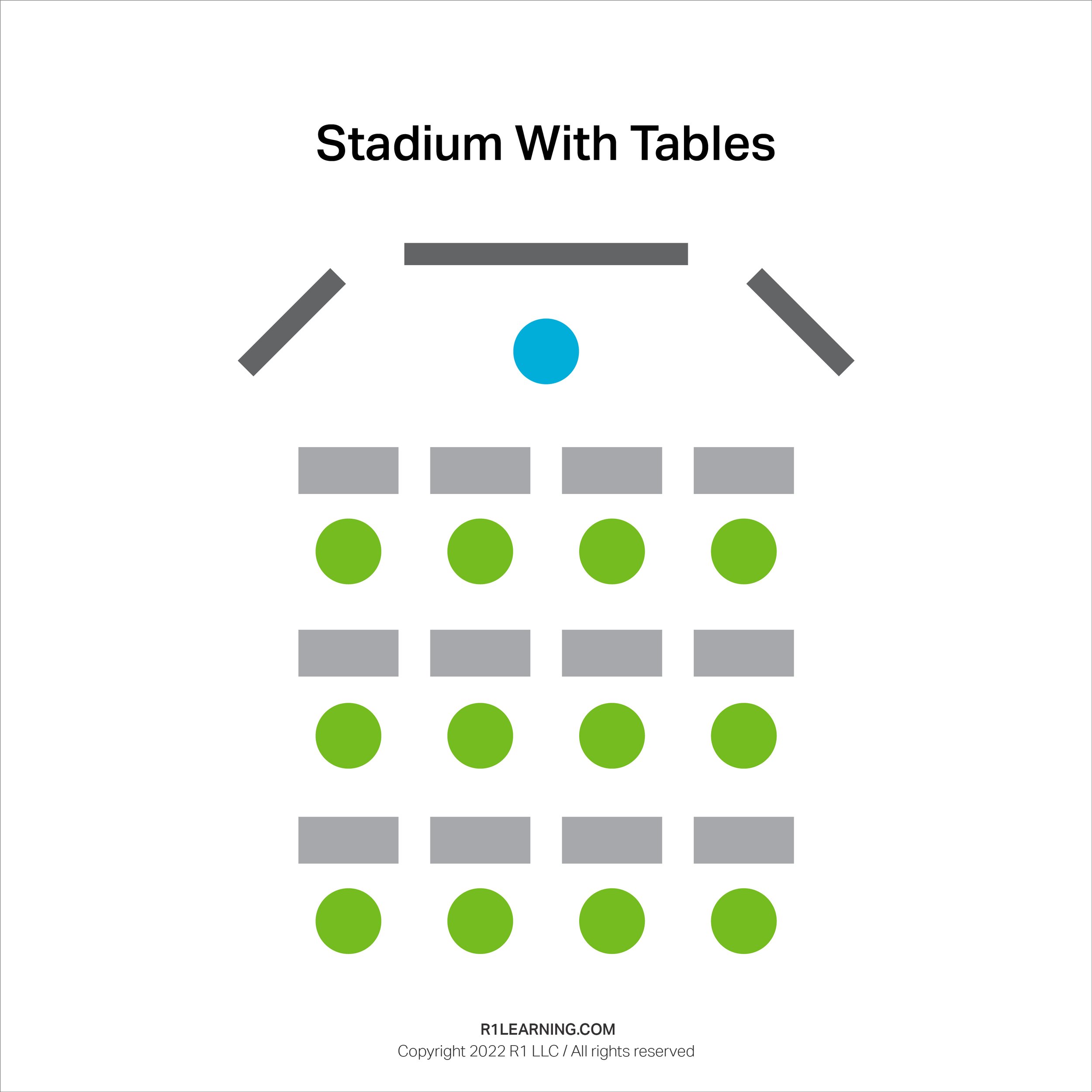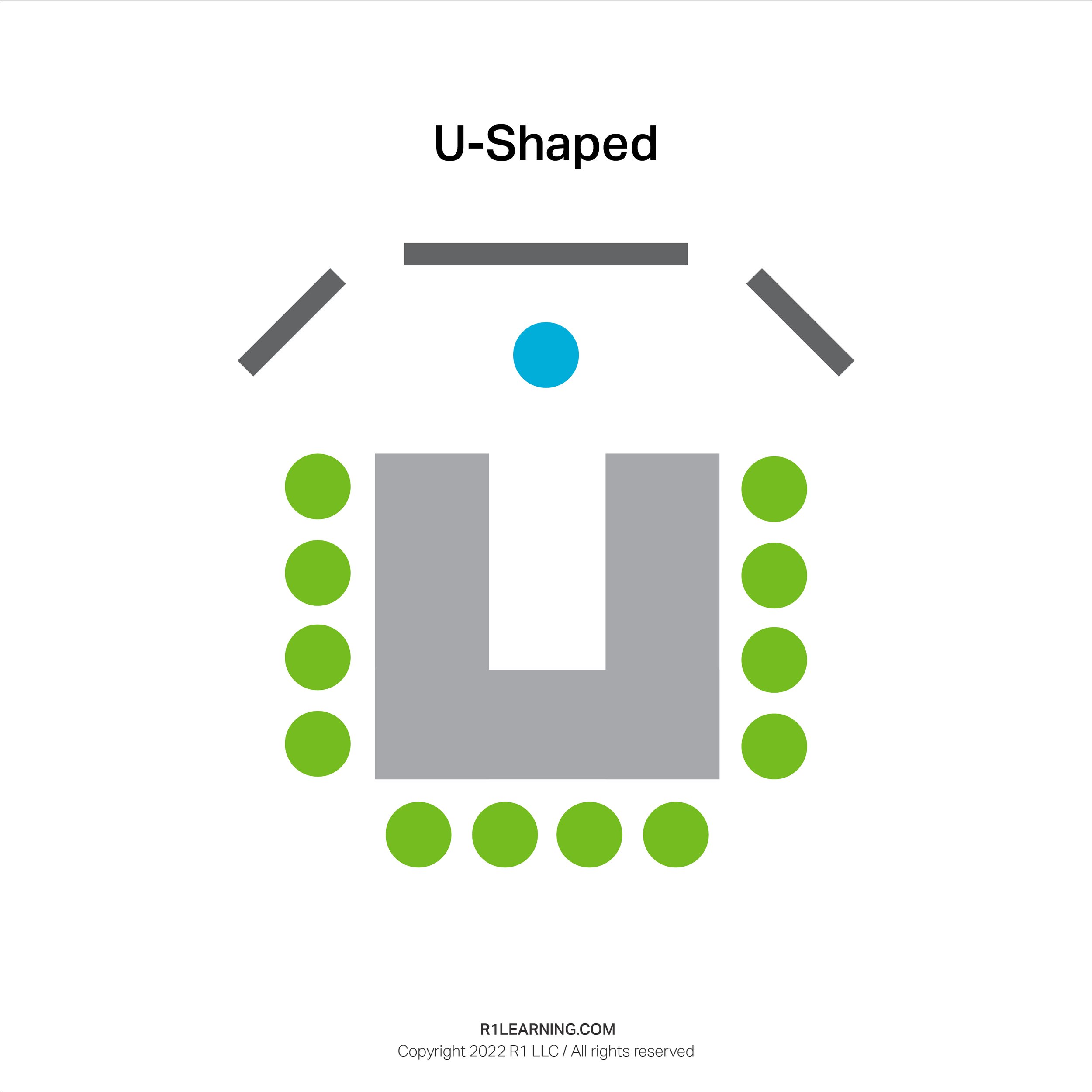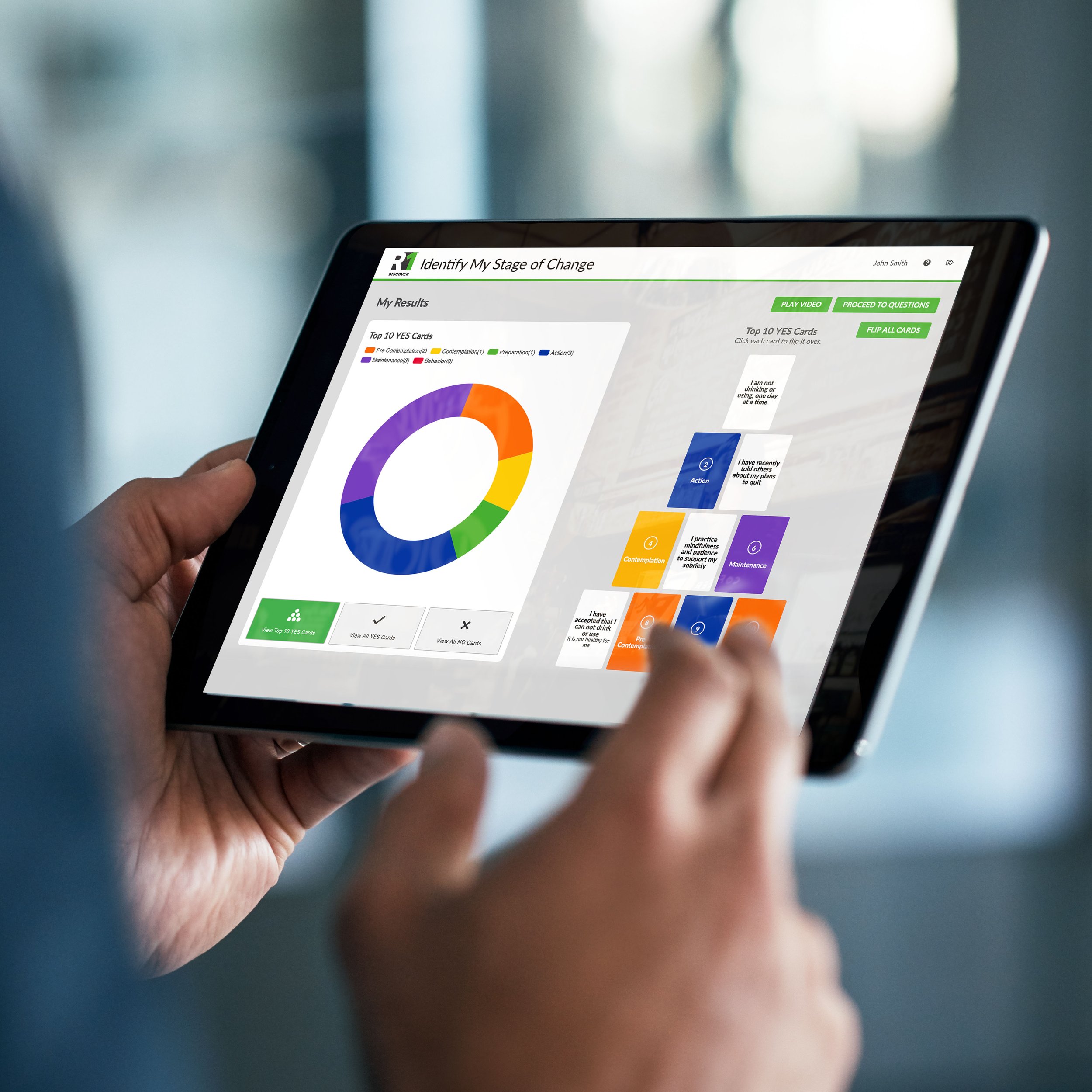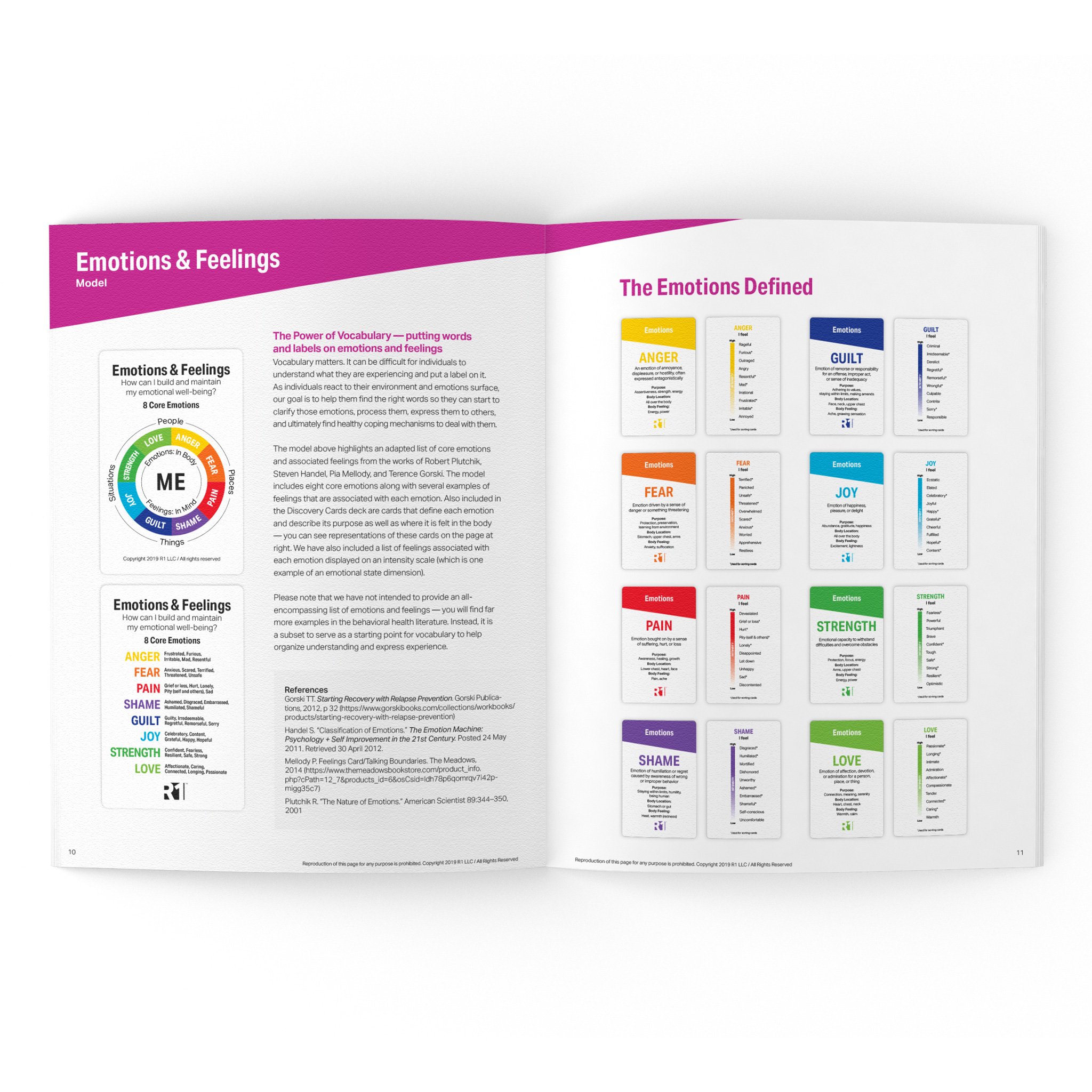9 Classroom Structures — Which Engage Your Learners Most?
Structure Defined: the arrangement of and relations between the parts or elements of something complex. Something arranged in a definite pattern of organization.
How does structure impact one’s learning experience? is one of the major questions we’ve been shining a light on since R1 Learning’s inception. One of my first posts, 7 Ingredients for Effective Psychoeducation Group Rooms — Can You Add These In?, highlighted some of the basics of room configurations. This post builds on these earlier ideas after being in settings around the country for the past 3 years. My hope for this post is that you’ll rethink the way you structure the room given the population, setting, purpose of the engagement, and the information being presented versus falling into what’s already there when you show up. I’m often astonished by how organizations lack vision for the physical spaces where they host groups or how they do not maximize these spaciel environments. There is unrealized potential in every space. It is sometimes difficult to envision what’s possible in one’s facilities, or as a new staff member, feel empowered to make changes. Like any behavioral change process, changing the room structure is no different. One’s ability to observe, evaluate, and respond with new choices about how to setup the room takes a moment. Once the idea is introduced, and preparation and action toward change are embraced, the results are tenfold.
There is little for me to tell you in this post. The main point is your observation of the 9 structures below and your own experiences either being in one (being one of the green dots) or facilitating one (being one of the blue dots). Each has a primary purpose. Each has pros and cons. Structure has a way of placing emphasis on the blue dot in relation to the green dots. As you observe the 9 configurations, which ones separate the blue dots from the green dots and which ones allow for the blue dots to be more part of the group? Which ones enable the blue dot to move around and which ones keep the blue dot in a more fixed space? What do you see and think about as you look at the different structures? How is everyone in the space affected by the structure? Hold that thought, review the 9 engagement structures below, read a little more, and then answer the Questions to Explore.
9 Engagement Structures:
The Art of the Space
As I look back on my professional career I can see that I’ve been given a wealth of experiences to draw from. I’ve leaned from the best. My mentor for many years held a PhD in Organizational Development and was one of the best facilitators I’ve ever encountered. Every training, group event, or executive team meeting she facilitated was immediately transformed into an amazing, memorable, and impactful learning experience. There were many facets to her mastery. She was trained in gestalt techniques where she would always place the learners in the center of the learning experience and encouraged an emotional connection to the activities at hand. She was rarely the center of attention, but rather a facilitator of what was to occur in the room that day. She always crafted structured tools for participants to use as part of the experience. She always had time set aside for writing or filling out short surveys or questionnaires, enabled pairs or small table discussions that created safe spaces for sharing, and eventually transformed her rooms into harmonious group discussions. There was an art to her mastery, always starting slowly and building, like a symphony, toward the final movement or rondo form. One thing I always remember about working with her was the art of the space… that we would always get to the room early where the event was taking place, and almost always, spent 10-15 minutes moving the tables and chairs around the room into a more purposeful configuration before the start.
9 Engagement structures — Purpose and perspective
1._Circle — Purpose: Group process. Process groups explicitly use the group context as a mechanism to promote change by developing, exploring, and examining interpersonal relationships within the group. They provide an opportunity to receive multiple perspectives, support, and feedback from other individuals in the group in safe and confidential environment. Process groups are usually led by one or two practitioners interacting with a small group of clients. The circle setup works well for process groups, as the practitioner can facilitate the group and monitor all group members.
2. One-on-One — Purpose: Individual education and process. One-on-ones can take many forms as the three examples in the visual convey. Individuals can be in-person with or without a table or barrier or can be conducted virtually. One of the goals for this setup is to create a safe supportive environment for both process and education. Ones’ ability to focus on a single person enables individualized teaching, feedback, and promotes a deeper therapeutic bond between the practitioner and individual.
3. Virtual — Purpose: Group education, discussion, and process. This format is now very familiar to many of us given the last two years during the Covid-19 pandemic. This is a very simple format for bringing individuals, groups, or teams together for multiple purposes. Virtual settings have embedded capabilities to break-out individuals into smaller groups or pairs from the larger group into separate rooms. Most virtual platforms have built in tools for increasing engagement through chats, reaction icons, screen sharing, and video / audio players. Do spend time to learn about your platform’s capabilities and try and practice new features at every opportunity. Note. Learners can be distracted and can multi-task on other devices when in this setting. Keeping video cameras on is a must for best engagement.
4. U-Shaped — Purpose: Group education and process. This is a very dynamic structure for facilitators and learners. This configuration enables the facilitator to move into the center or around the tables if warranted. Group participants can easily work as one large group or three separate smaller groups based on the sections of the U-shape. For this purpose, some of the learners can also move into the center space so they can face their small group companions for activities and discussion. Tables provide a work space for note taking, writing, artwork, and computers. Lots of options are provided by this structure.
5. Table Groups — Purpose: Group education and process through small group activity-based learning. This structure is setup for dynamic activity-based learning. This configuration produces physically smaller safer settings that enable more connection between individuals sharing in small group activities. Although lecture and note taking are still possible in this setting, emphasis is placed on the smaller table environments for the work at hand. Larger group discussions are used to process the learning and outcomes from the smaller group activities and discussions. This is the ultimate playground for facilitation. The facilitator can freely move around and in-between these table structures to provide instruction, monitor activity progress, and process the larger group experience.
6. Hybrid — Purpose: Group education and process. There are more options to consider when preparing for and using this structure then meets the eye. Knowing how best to leverage the technology will be critical and may take some practice. You’ll need to be able to easily see everyone so that you can not only monitor but engage them. Asking someone in each setting to be an extra set of eyes and ears will be very helpful for everyone. This is definitely an environment we’ll be seeing a lot more of in the future. There are so many options and dynamic possibilities with this structure that I think we’ll hold back for now and share more in a future separate post.
7. One Table — Purpose: Leader-led discussion and group process, Some may see this one as a conference or board room structure. That is often the use case for this setup. This structure enables all individuals to feel part of a single group. It can be used for sharing information, consensus building discussions, and decision making activities. This configuration can easily be transformed into an activity-based learning and discussion setting like the U-Shaped and Table Group structures. This single table can also provide a work space for note taking, writing, artwork, or computers. Lots of options provided by tables.
8. Stadium — Purpose: Lecture. Individuals in this setting should be prepared to listen. Although questions can be asked and answered in this structure, the purpose for most engagements is primarily for lecture and information sharing. The front of the room is the central focus with little opportunity for the facilitator to move around the room. This format requires no tables, just seats, and maximizes the amount of people that can fit in any space. Exceptional educators are comfortable in this format based on their experience, but inexperienced facilitators relying on lecturing only can lose individuals quickly with lack of engagement. Definitely be mindful of this setting and explore other structures depending on your purpose and the outcomes you want to achieve.
Stadium with Tables — Purpose: Lecture. This structure is extremely similar to the Stadium structure but includes tables. The advantage here is that the learner is more comfortable and can take notes on their desks either via notebooks or computers. Having a space provides opportunity for engaging individuals with tools too. The upside here is that you can get more individuals in a room typically with this configuration versus larger tables. The downside here is that small groups are hard to form and most individuals see only the backs of those in front of them. The structure lacks a sense of connection and community because one does not get to see the faces of other people when they speak. The focus here is on the front of the room and the facilitator leading the experience.
Table Resources
The best investment you’ll ever make for your space.
Questions to Explore
Answer these questions for yourself or with your team.
As a participant or learner, which engagement structure(s) do you prefer most? Explain.
As an educator or facilitator, which engagement structure(s) do you prefer most? Explain.
Do you have tables in your current spaces? If yes, how are they configured today? If no, why not?
As you think about how you typically utilize your spaces, do you use them the way they are when you show up or do you take time to adjust them before you start your learning experience?
Which structures do you feel most comfortable in when facilitating groups?
Which structures do you think are most uncomfortable for you? What is it about these setups that are difficult for you?
As you prepare for your next group, which structure will serve your purpose and content best? How will this maximize engagement for your learners?
Copyright 2023 R1 Publishing LLC / All Rights Reserved. Use of this article for any purpose is prohibited without permission.
Facilitate Engaging Group Activities
Discovery Cards and Group Kits – Engagement Tools
Integrating these tools into your groups will allow individuals to build their own vocabulary, think about these concepts concretely, and put their choices into action. Visit the R1 Store to learn more about these evidence-based behavioral topics and models. The cards are an amazing tool for exploring these topics with individuals or groups.
Here are a few ideas to help you learn more about R1 and engage others on this topic:
Share this blog post with others. (Thank you!)
Start a conversation with your team. Bring this information to your next team meeting or share it with your supervisor. Change starts in conversations. Good luck! Let us know how it goes.
Visit www.R1LEARNING.com to learn more about R1, the Discovery Cards, and how we’re creating engaging learning experiences through self-discovery.
























